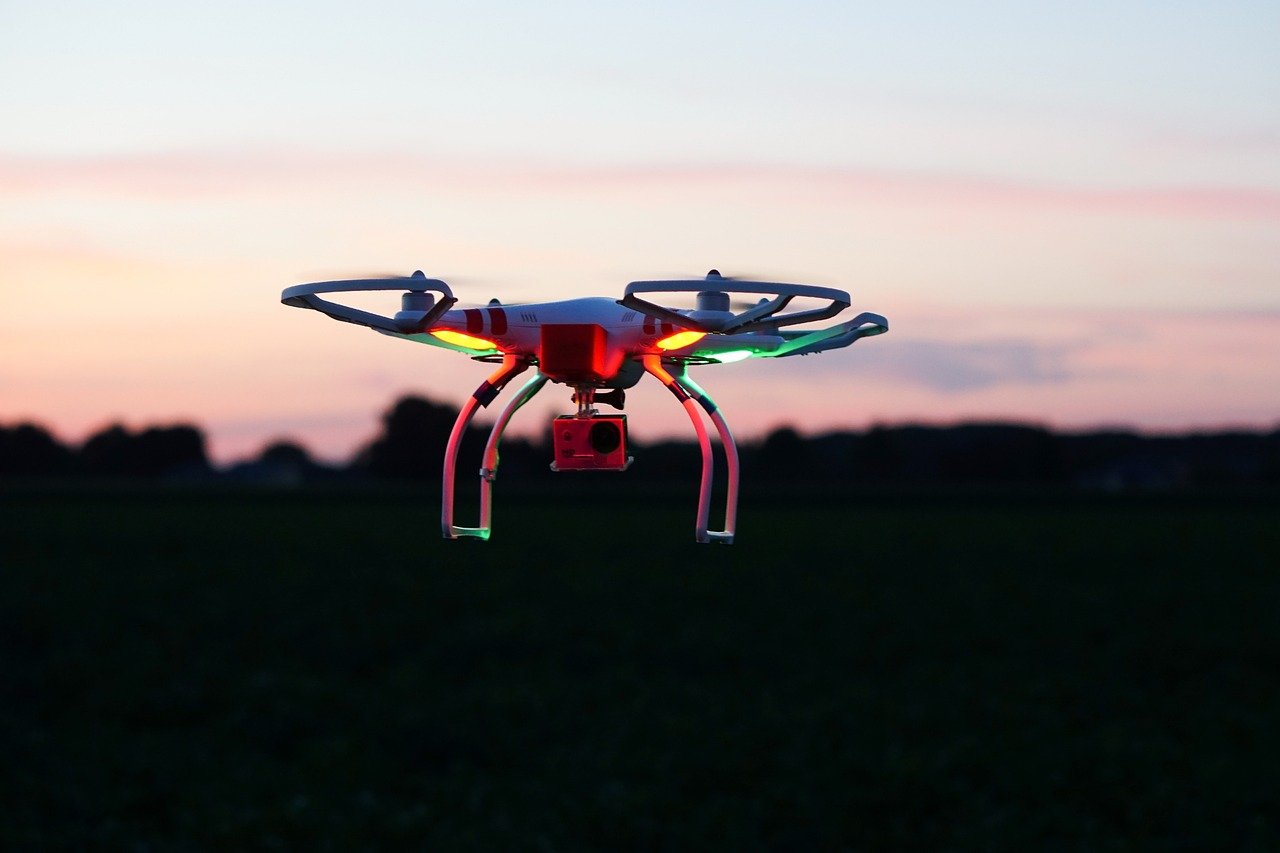Corporate Video Production Company in Durban: How We Stand Out As a top-notch corporate…
The Benefits of Using Drone Footage in Video Production
In the past decade, drones have skyrocketed in popularity, not just as recreational gadgets but as powerful tools in the professional video production industry. The integration of drone footage has revolutionized the way we capture and experience visual content. From breathtaking aerial shots to dynamic angles that were once impossible to achieve, drones are transforming the landscape of video production. But what makes drone footage so valuable? Let’s delve into the myriad benefits that drones bring to the table in the realm of video production.
Enhanced Visual Perspectives
One of the most compelling advantages of using drone footage is the ability to capture unique and captivating visual perspectives. Traditional filming methods are often limited to ground-level shots, but drones break these boundaries by soaring high and exploring new angles. Whether it’s an expansive view of a cityscape or a sweeping shot over a natural landscape, drones provide a vantage point that captivates and engages viewers. High-altitude shots offer a bird’s-eye view that can dramatically enhance the storytelling aspect of any video.
Cost-Effective Production
In the past, achieving aerial footage required renting helicopters or airplanes, which was a costly and logistically complex endeavor. Drones have democratized access to aerial shots, making them a budget-friendly option for filmmakers and content creators. With drones, you can capture stunning aerial footage without the hefty price tag, allowing even small-scale productions to incorporate high-quality visuals. This cost-effectiveness makes drone footage an attractive option for a wide range of projects, from indie films to corporate videos.
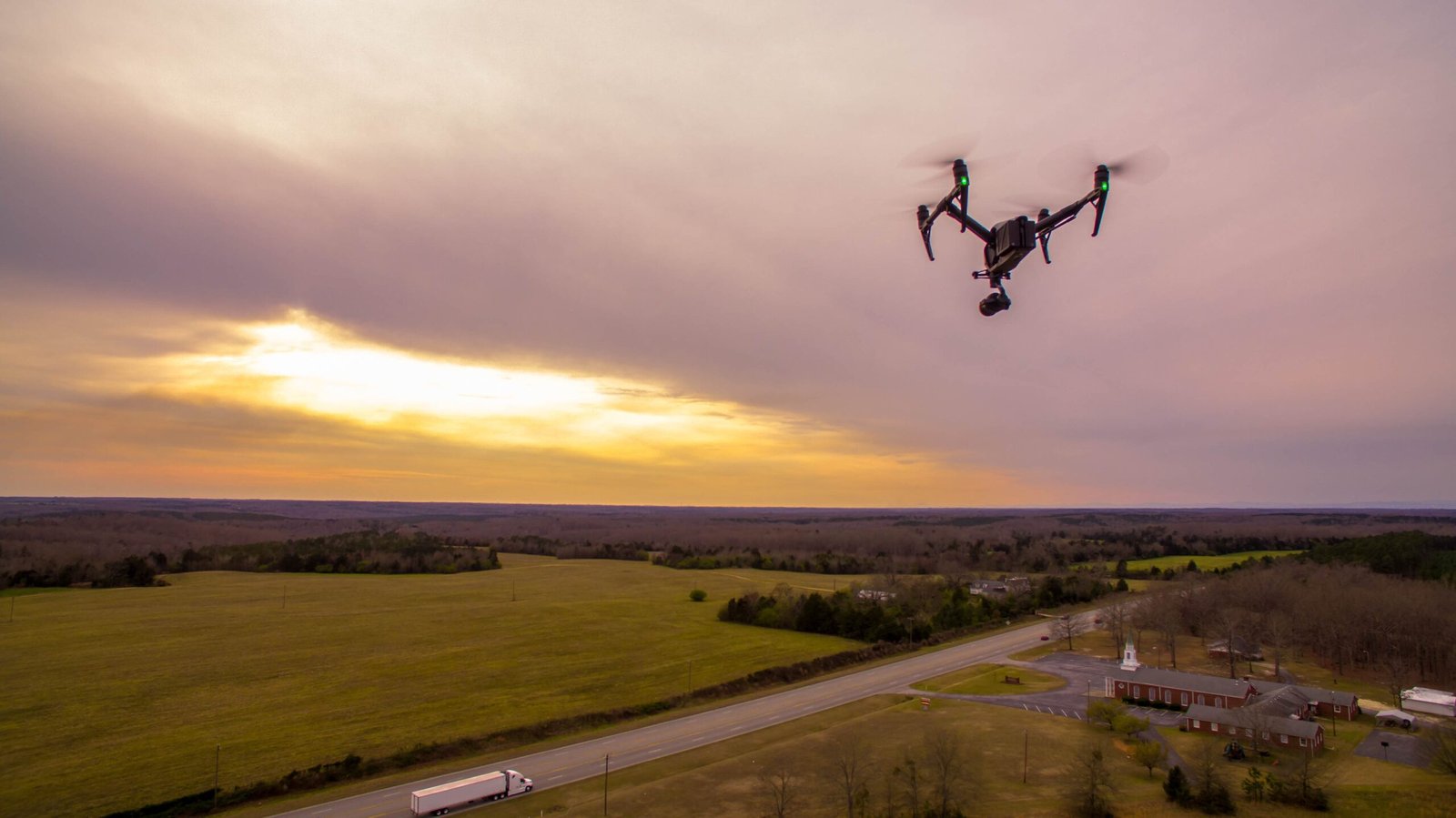
Improved Production Quality
Modern drones come equipped with high-resolution cameras and advanced stabilization technology, ensuring that the footage captured is crisp, clear, and professional. These drones can shoot in 4K or even 8K resolution, providing exceptional video quality that meets the demands of today’s high-definition standards. Additionally, features like gimbal stabilization eliminate shakiness, resulting in smooth, cinematic shots that elevate the overall production value.

Time Efficiency
Drone technology has significantly streamlined the video production process. Traditional methods of setting up cranes or arranging for aerial vehicles are time-consuming and labor-intensive. In contrast, drones are quick to deploy and easy to maneuver, allowing filmmakers to capture the necessary footage swiftly and efficiently. This speed not only saves time but also enables productions to adhere to tight schedules and deadlines without compromising on the quality of the visuals.
Versatility in Applications
The versatility of drones makes them an invaluable asset across various industries. In real estate, drones provide stunning aerial views of properties, offering potential buyers a comprehensive look at the location. The tourism industry benefits from captivating aerial footage of destinations, enticing travelers with picturesque views. Sports events leverage drones for dynamic coverage, capturing the action from multiple angles. Whether it’s documenting a construction site or filming a music video, drones adapt to diverse filming conditions and requirements.
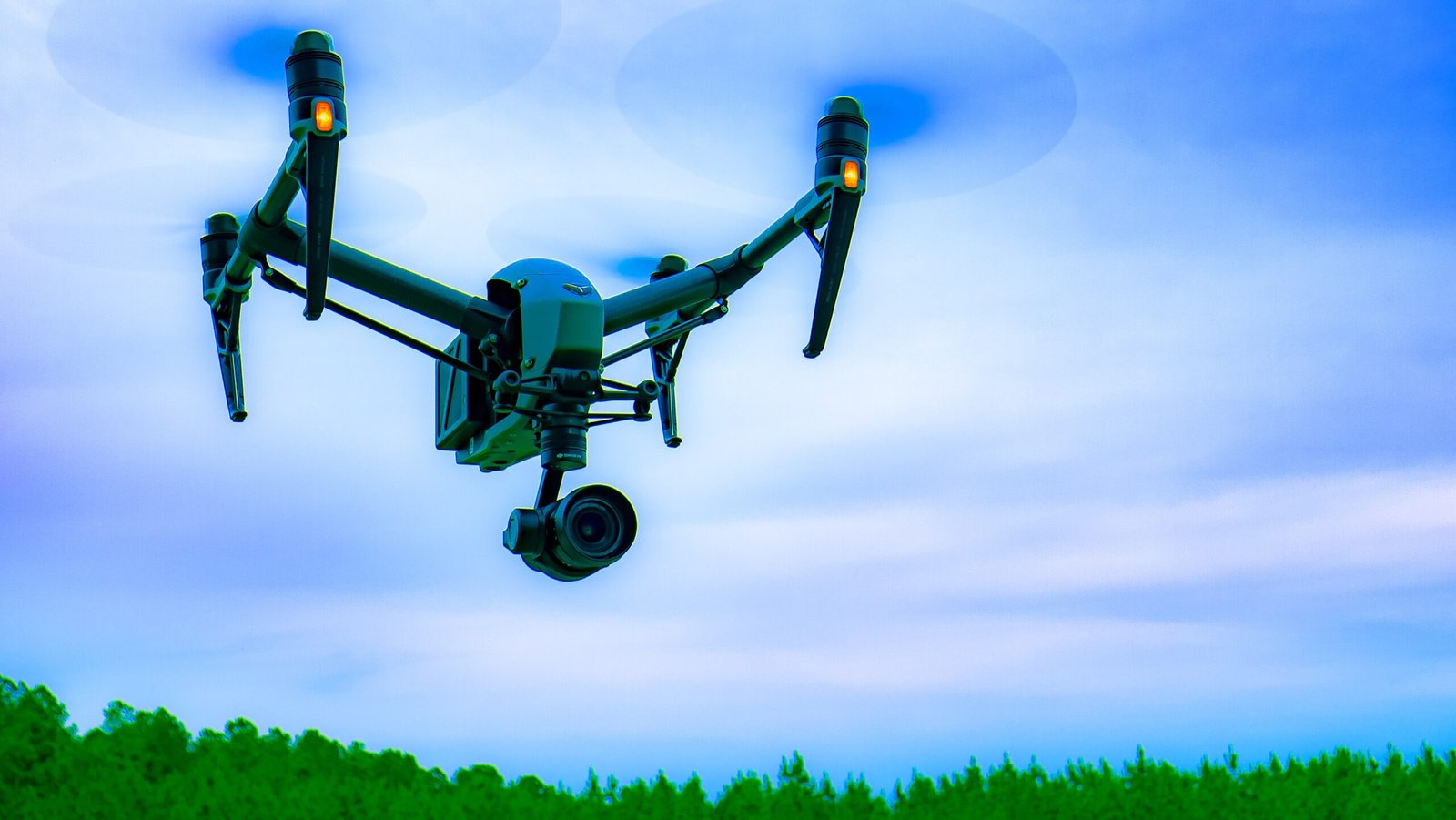
Increased Safety
Using drones for video production significantly enhances safety, especially in hazardous or hard-to-reach environments. Drones can navigate through areas that would be dangerous for human operators, such as high altitudes, unstable structures, or toxic environments. By minimizing the need for human intervention in these situations, drones reduce the risk of accidents and ensure a safer production process. This safety advantage is particularly valuable in industries like mining, construction, and disaster response.
Creative Storytelling
Drone footage opens up new avenues for creative storytelling. The dynamic and fluid motion of drones allows filmmakers to craft visually engaging narratives that resonate with audiences. Imagine a drone seamlessly following a protagonist through a dense forest or capturing a dramatic reveal over a mountain peak. These innovative shots add depth and dimension to the story, making the viewing experience more immersive and memorable.
Environmental Impact
Compared to traditional aerial filming methods, drones have a significantly lower environmental impact. Helicopters and airplanes consume large amounts of fuel and produce considerable noise pollution. Drones, on the other hand, are battery-operated and produce minimal noise, making them a more eco-friendly option. This reduced carbon footprint is especially beneficial for nature documentaries and projects focused on environmental conservation.

Regulatory Compliance
While the benefits of drone footage are numerous, it’s crucial to understand the regulatory landscape. The Federal Aviation Administration (FAA) and other regulatory bodies have specific rules and guidelines for the use of drones in video production. These regulations cover aspects such as flight altitude, no-fly zones, and licensing requirements. Ensuring compliance with these regulations is essential to avoid legal issues and ensure safe and responsible drone operations.
Technological Advancements
The field of drone technology is continuously evolving, with new advancements enhancing their capabilities and applications. Innovations such as obstacle avoidance, automated flight paths, and improved battery life are making drones more efficient and user-friendly. As technology progresses, we can expect drones to become even more integral to video production, offering new possibilities for creativity and innovation.
Accessibility for All
One of the most exciting aspects of drone technology is its accessibility. High-quality drones are now available at various price points, making them accessible to hobbyists and professionals alike. This democratization of technology allows more people to experiment with aerial videography and incorporate stunning visuals into their projects, regardless of budget constraints.
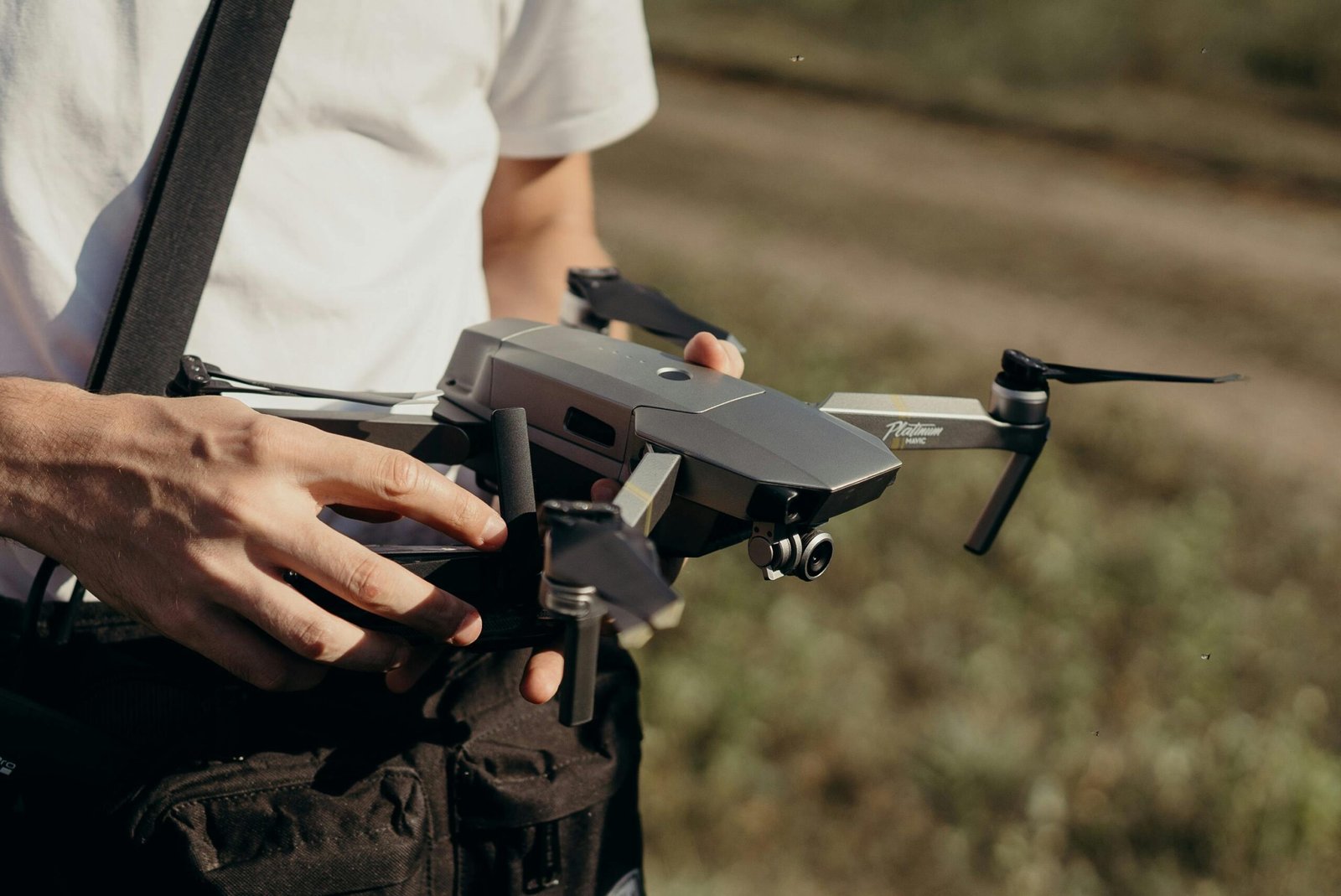
Challenges and Solutions
Despite the numerous advantages, using drones in video production does come with its challenges. Technical issues such as battery life, signal interference, and weather conditions can impact drone performance. Additionally, legal and privacy concerns must be addressed, particularly when filming in populated areas. However, these challenges can be mitigated with proper planning, adherence to regulations, and the use of advanced drone models designed to handle specific conditions.
Case Studies
Let’s look at some real-life examples of how drone footage has made a significant impact. In the real estate industry, agents have used drone videos to provide comprehensive tours of properties, leading to quicker sales and increased buyer interest. In the film industry, directors have employed drones to capture stunning action sequences and expansive landscapes, adding a cinematic quality to their productions. These case studies illustrate the transformative power of drone footage in various sectors.
Conclusion
In conclusion, the benefits of using drone footage in video production are extensive and multifaceted. From enhancing visual perspectives and improving production quality to increasing safety and promoting creative storytelling, drones have proven to be a game-changer. As technology continues to advance and drones become even more accessible, their role in video production will only grow, opening up new possibilities for filmmakers and content creators.
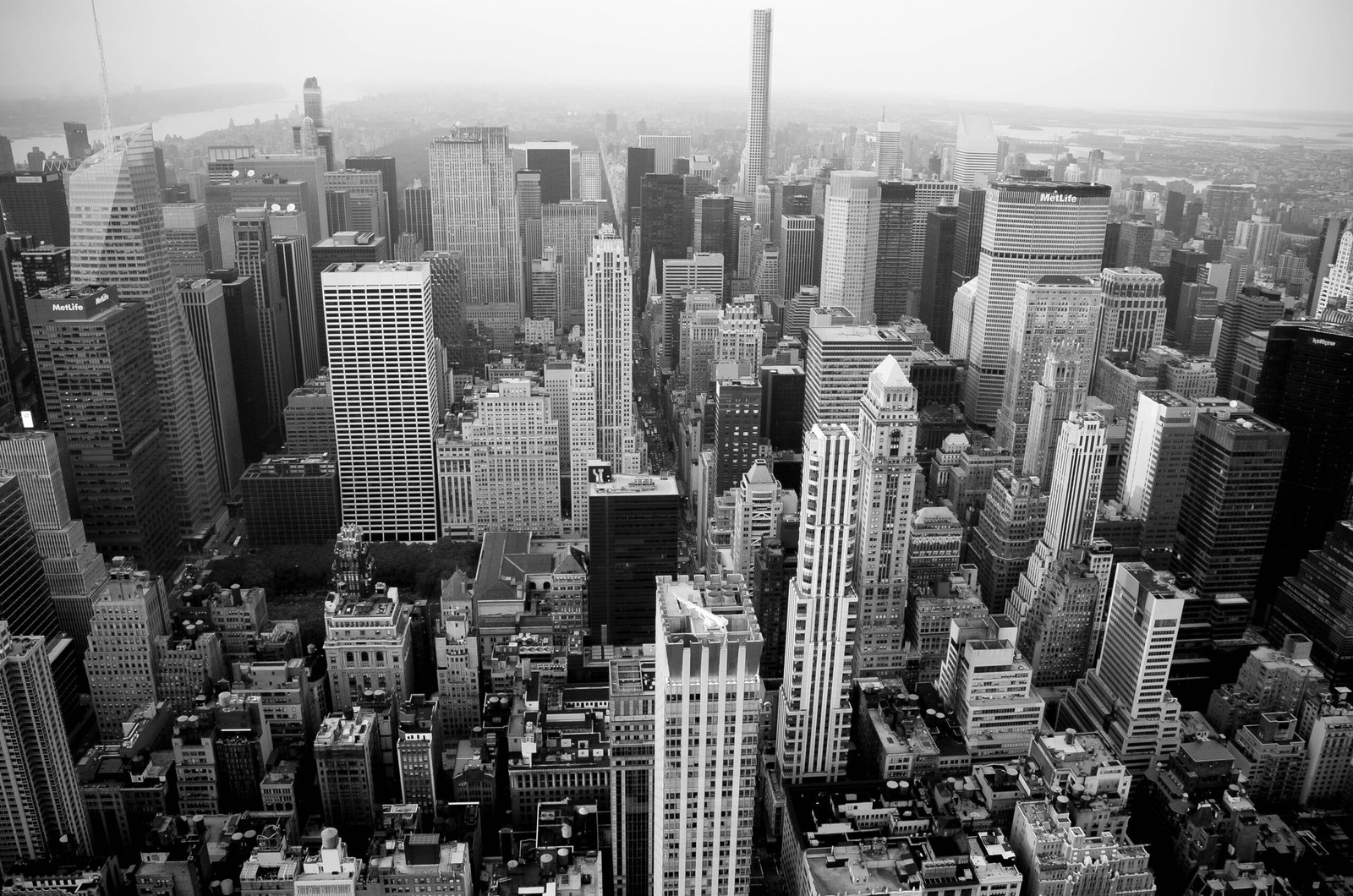
FAQs
What is drone footage? Drone footage refers to video content captured using unmanned aerial vehicles (UAVs) or drones. These devices are equipped with cameras that can shoot high-quality videos from various altitudes and angles.
How do drones improve video production quality? Drones improve video production quality by providing high-resolution footage, dynamic angles, and smooth, stabilized shots that enhance the visual appeal and storytelling of the video.
Are there legal restrictions on using drones for filming? Yes, there are legal restrictions on using drones for filming. Regulations vary by country and region, covering aspects such as flight altitude, no-fly zones, and licensing requirements. It’s essential to comply with these regulations to avoid legal issues.
What industries benefit the most from drone videography? Industries such as real estate, tourism, sports, film, construction, and environmental conservation benefit significantly from drone videography due to the unique perspectives and high-quality footage drones provide.
How can beginners start using drones for video production? Beginners can start using drones for video production by investing in a quality drone, learning about the regulations, practicing basic flight maneuvers, and experimenting with different camera settings and angles to capture compelling footage.

